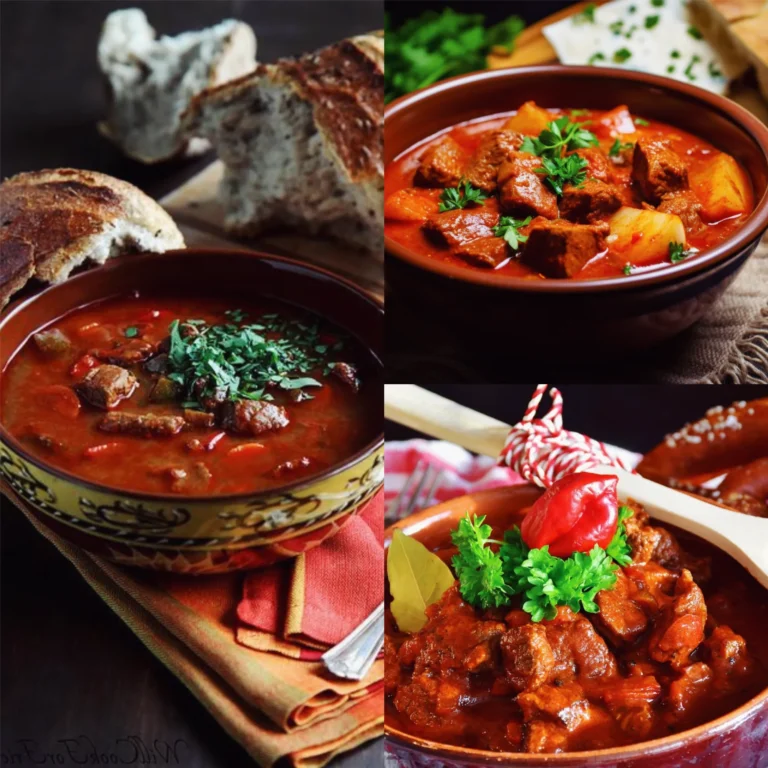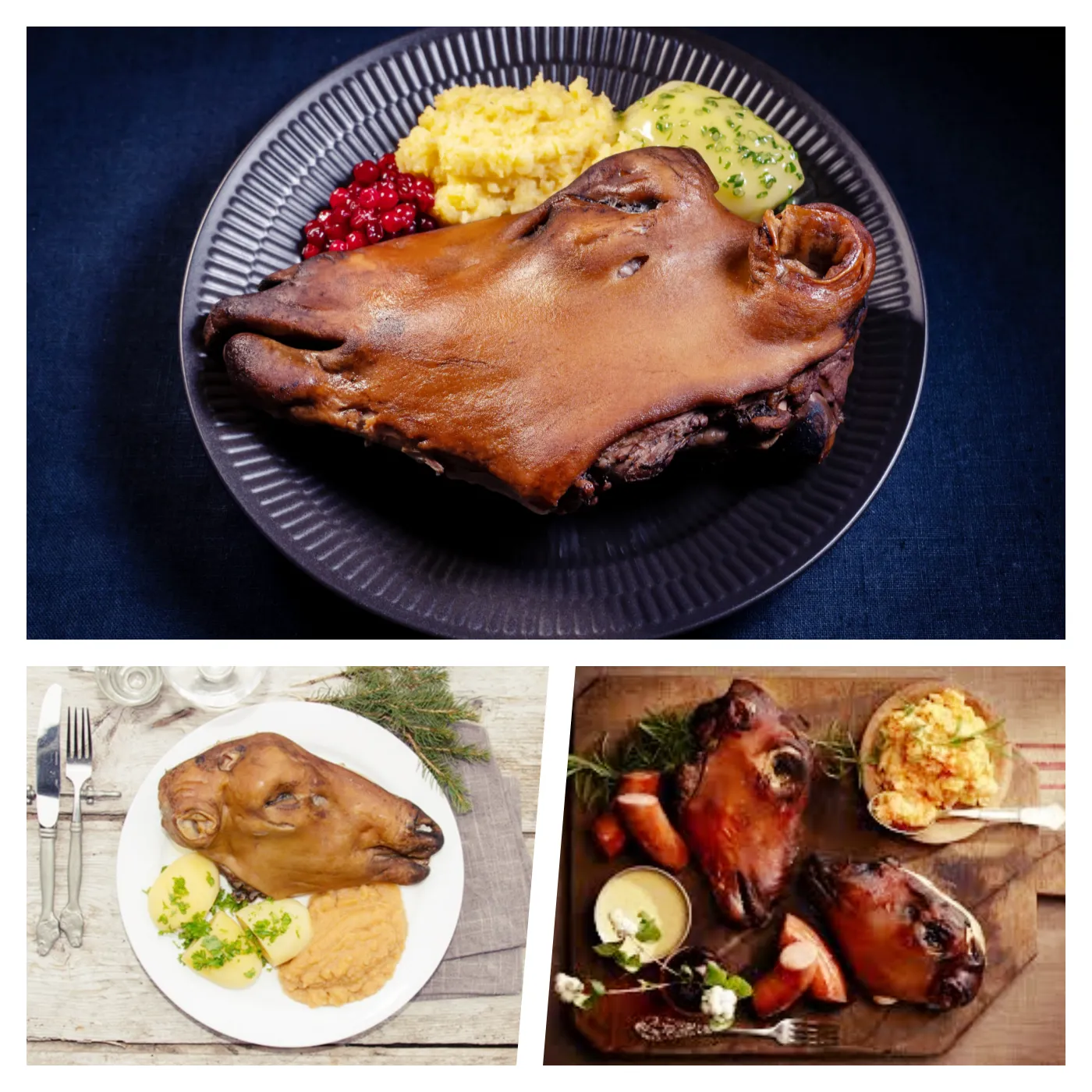
Smalahove: Norway’s Frightening Sheep’s Head Delicacy
Smalahove, a traditional Norwegian dish made from an entire sheep’s head, is not for the faint-hearted. The sight of this unique dish might shock those who are unfamiliar with it. Despite its intimidating appearance, Smalahove is a cherished part of Norwegian cuisine, often enjoyed during special occasions. Traditionally served during Christmas to the poorer communities in western Norway, it has since gained popularity nationwide and is now considered a unique culinary specialty.
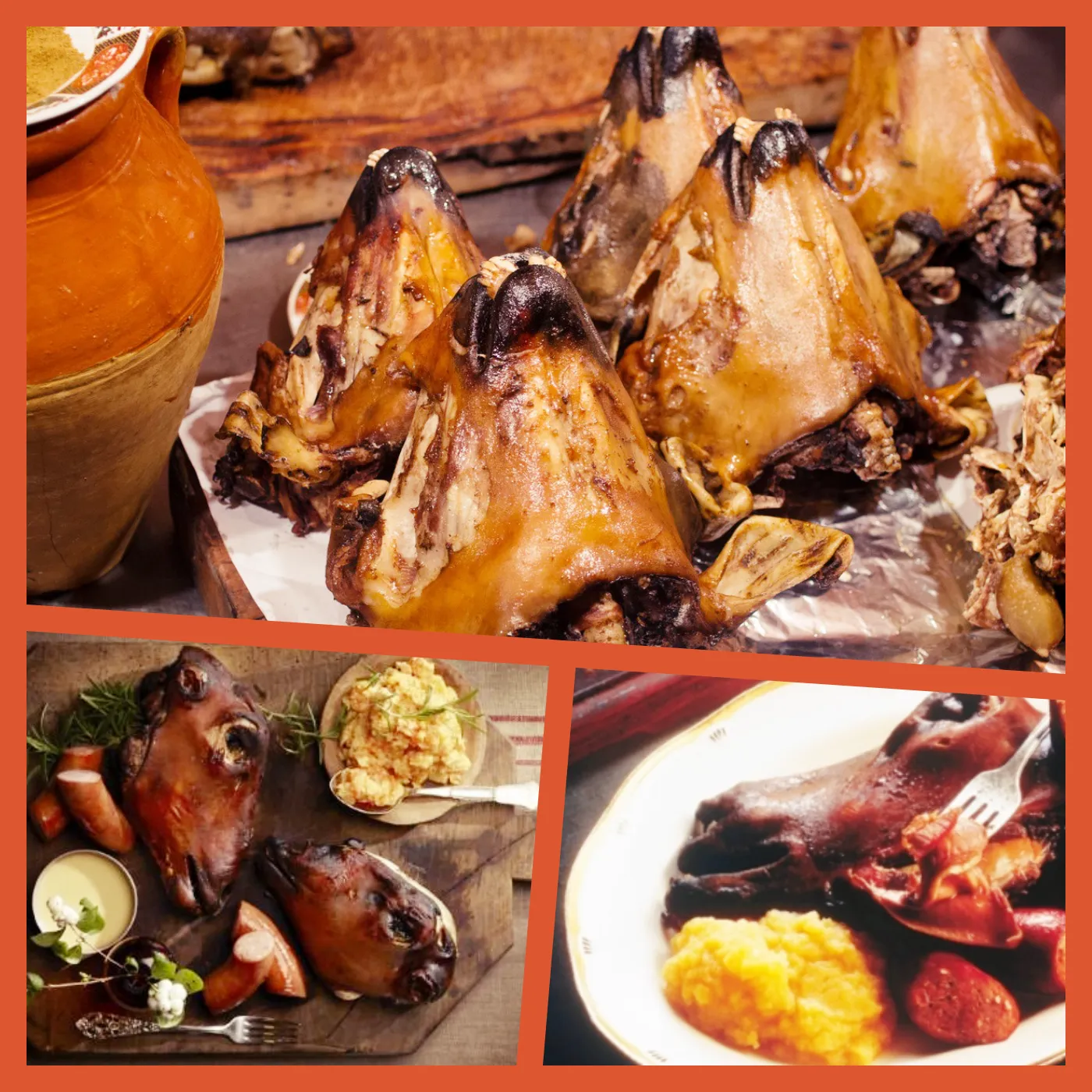
The Origins and Preparation of Smalahove
The name “Smalahove” comes from the Norwegian words “hove” (head) and “smale” (sheep), literally translating to “sheep’s head.” To prepare this dish as follows:
– The head of the sheep is thoroughly cleaned of skin and wool, with the brain often removed.
– The head is then salted, sometimes smoked or dried for added flavor.
– Another popular method of preparation involves boiling the head for about three hours, and serving it with mashed rutabaga and potatoes.
– If the brain remains intact, it can be either cooked inside the skull and eaten with a spoon or fried separately for a crispy treat.
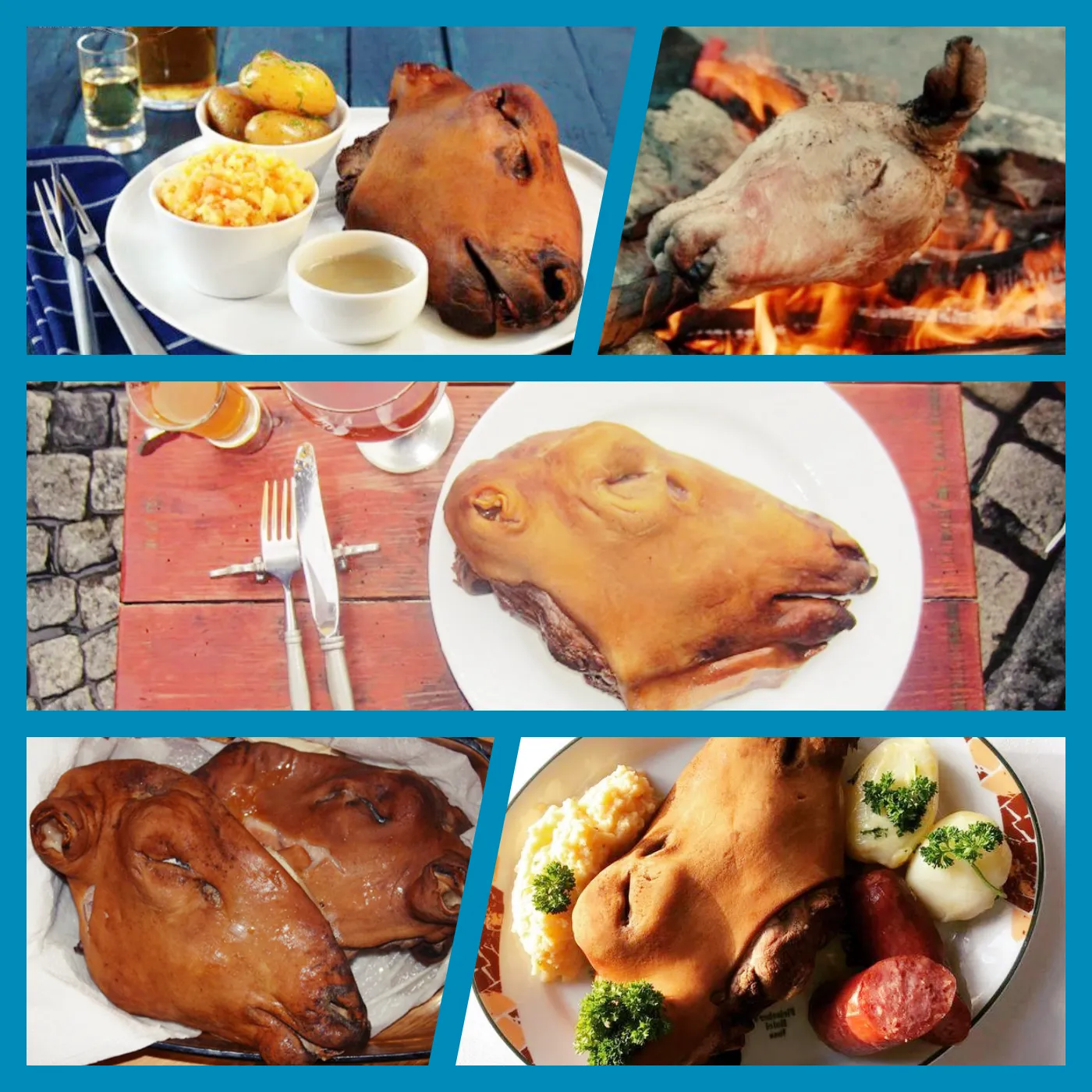
The Unique Eating Experience of Smalahove
Eating Smalahove follows a specific sequence. The head is usually split in half, and one serving includes one half. Diners traditionally start with the ear and the eye, known for their rich and fatty texture when served hot. The tongue and eye muscles are considered the most delicious parts and are often reserved for special family members. The rest of the head is enjoyed from front to back, savoring every piece of meat around the skull bones.
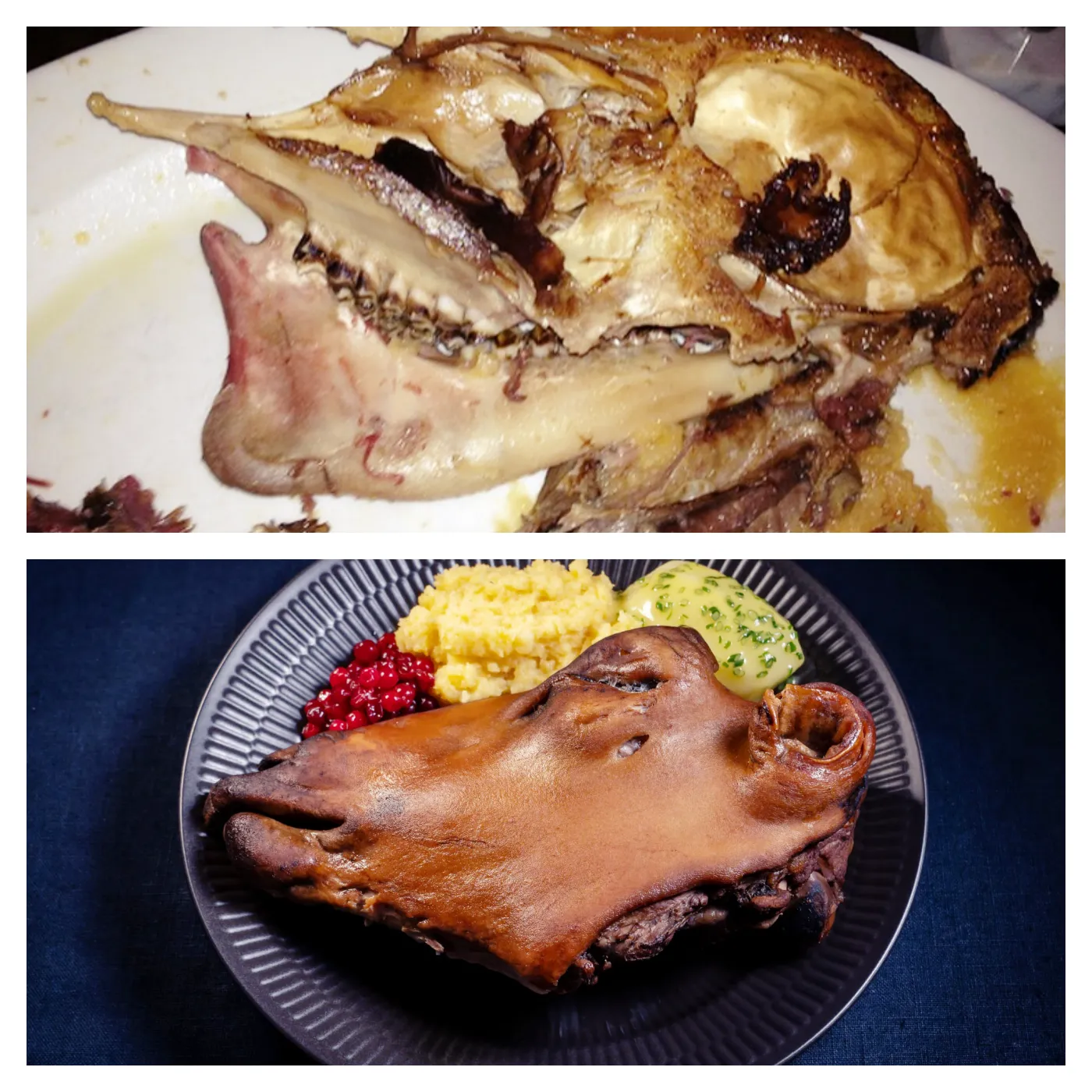
Since 1998, the preparation of Smalahove using mature sheep heads has been banned by the Norwegian government due to concerns about the potential spread of a rare disease found in sheep and goats, although there has been no documented evidence of it transmitting to humans. Nowadays, only lambs or sheep specifically raised for meat are used to make Smalahove.
While Smalahove is celebrated by Norwegians for its unique flavor and cultural significance, it can be an adventurous culinary experience for tourists. Many visitors are hesitant to try Smalahove due to its “gruesome” appearance, but for those brave enough to sample it, the dish offers a rare glimpse into Norway’s rich food traditions.
